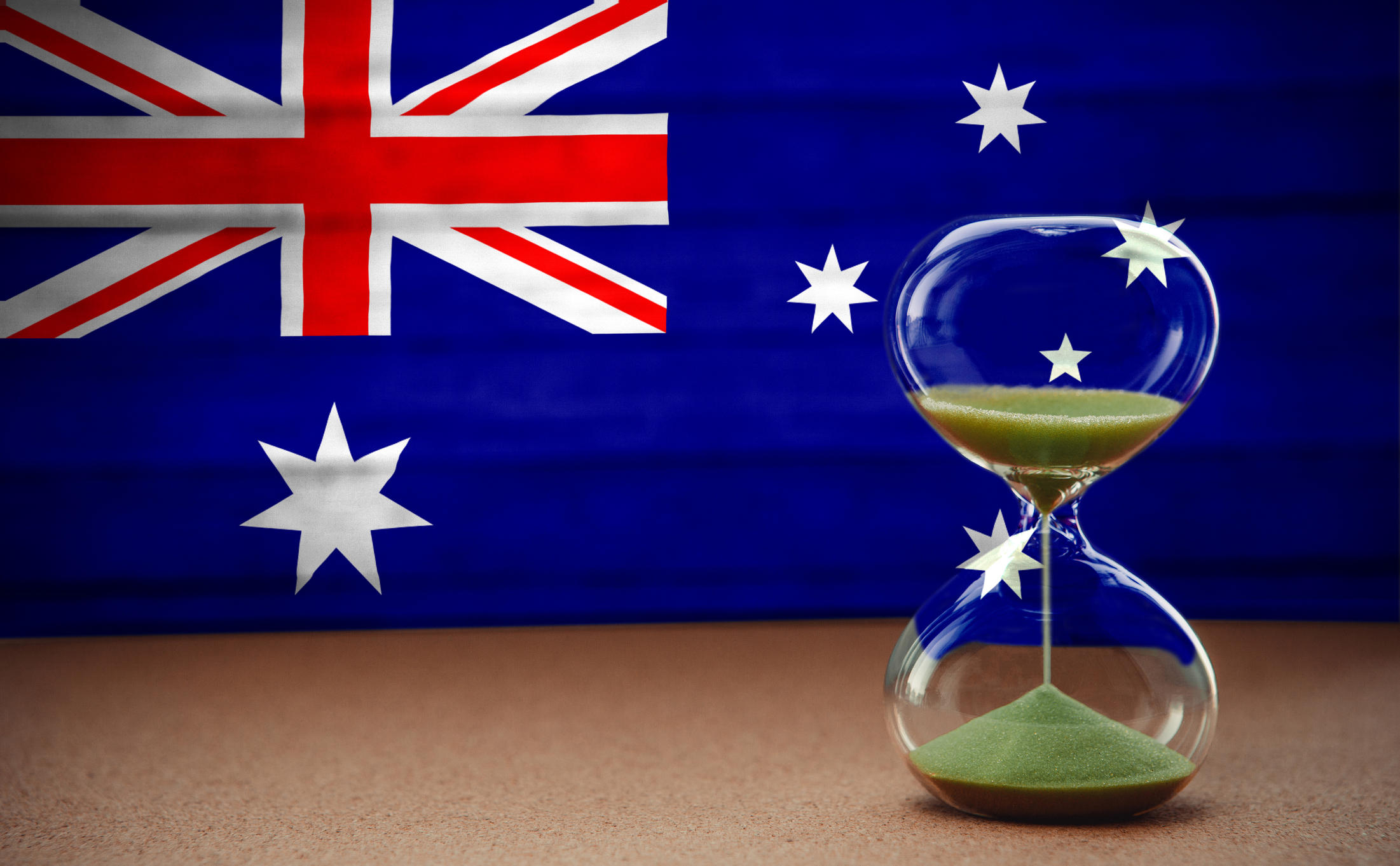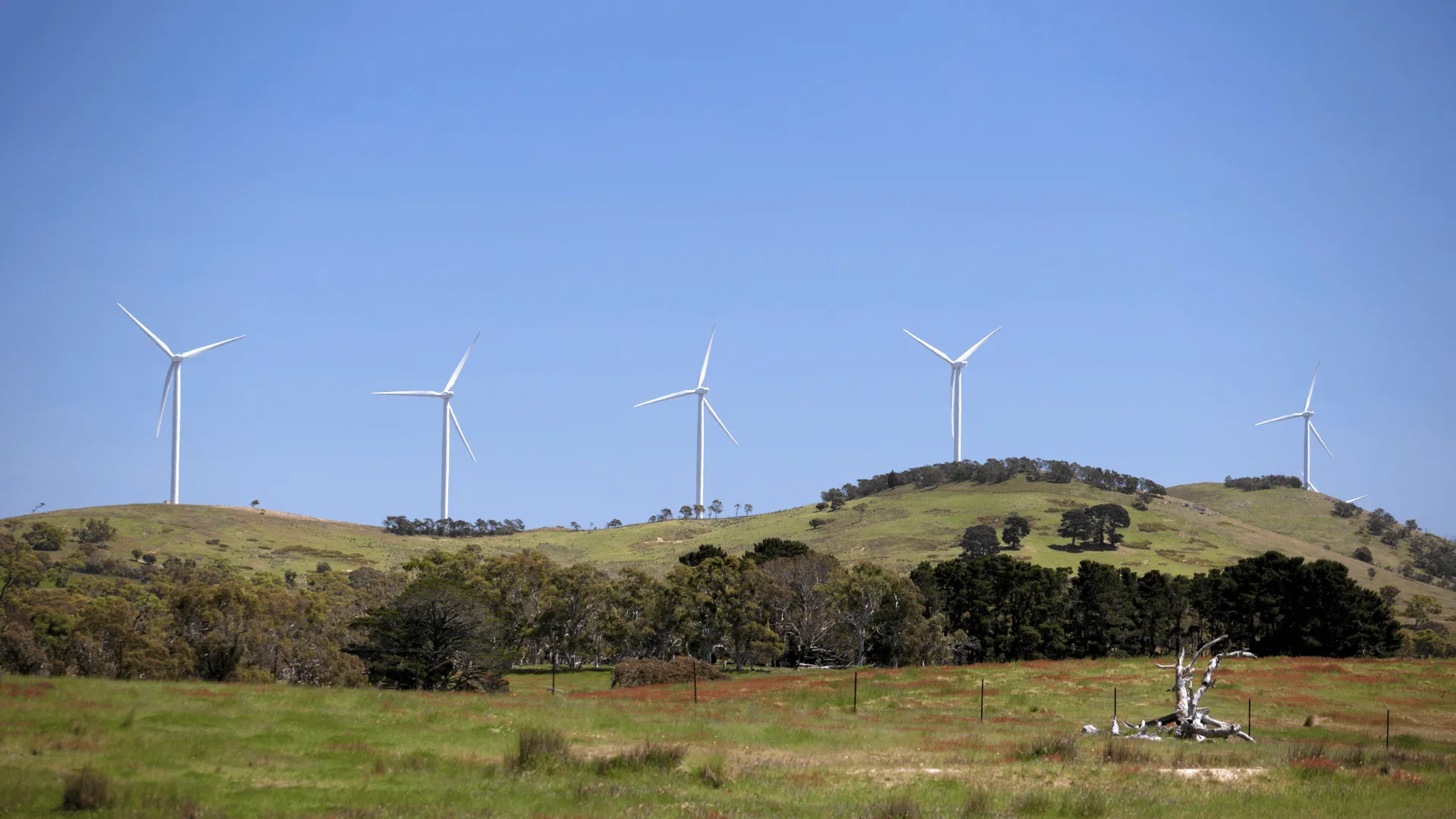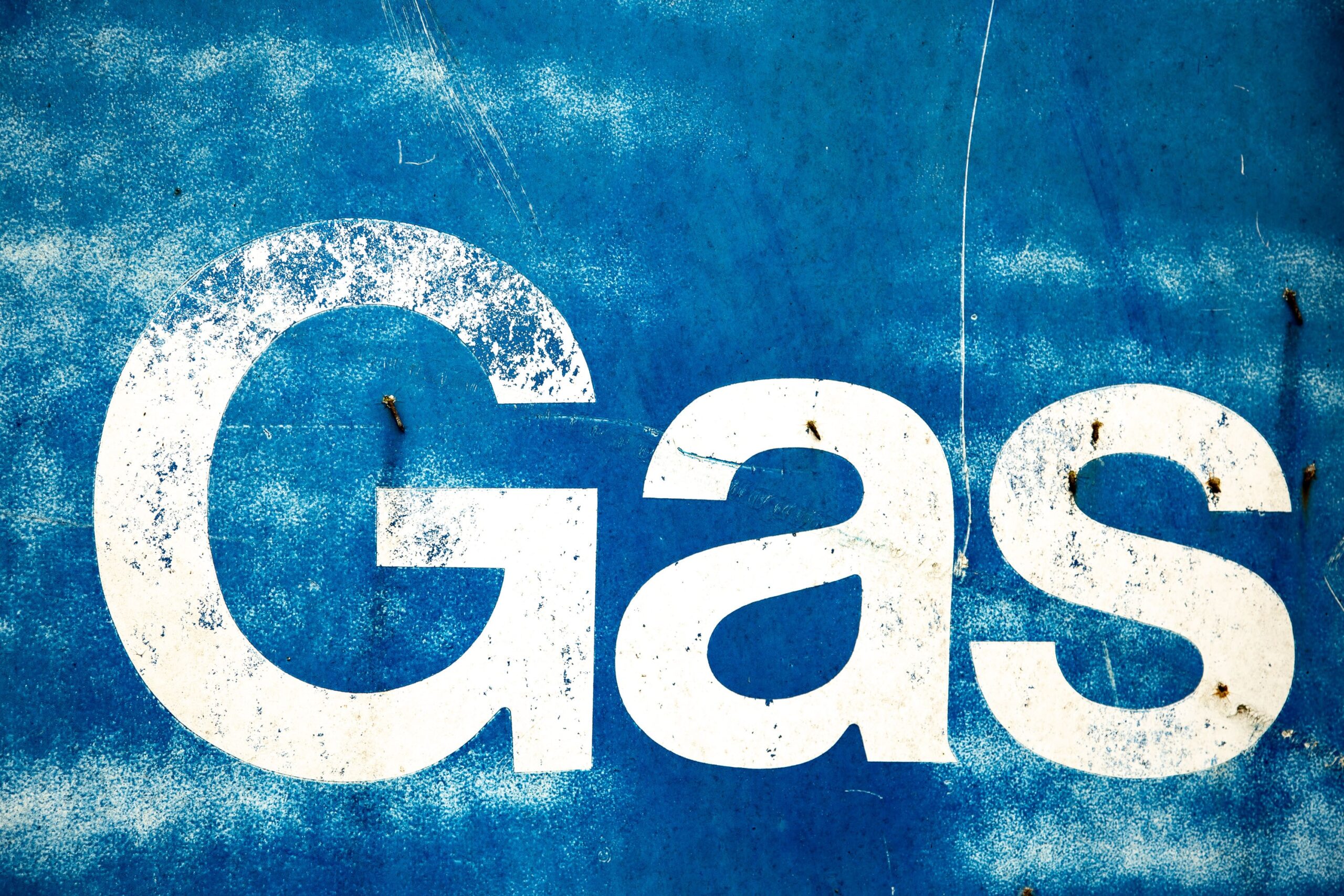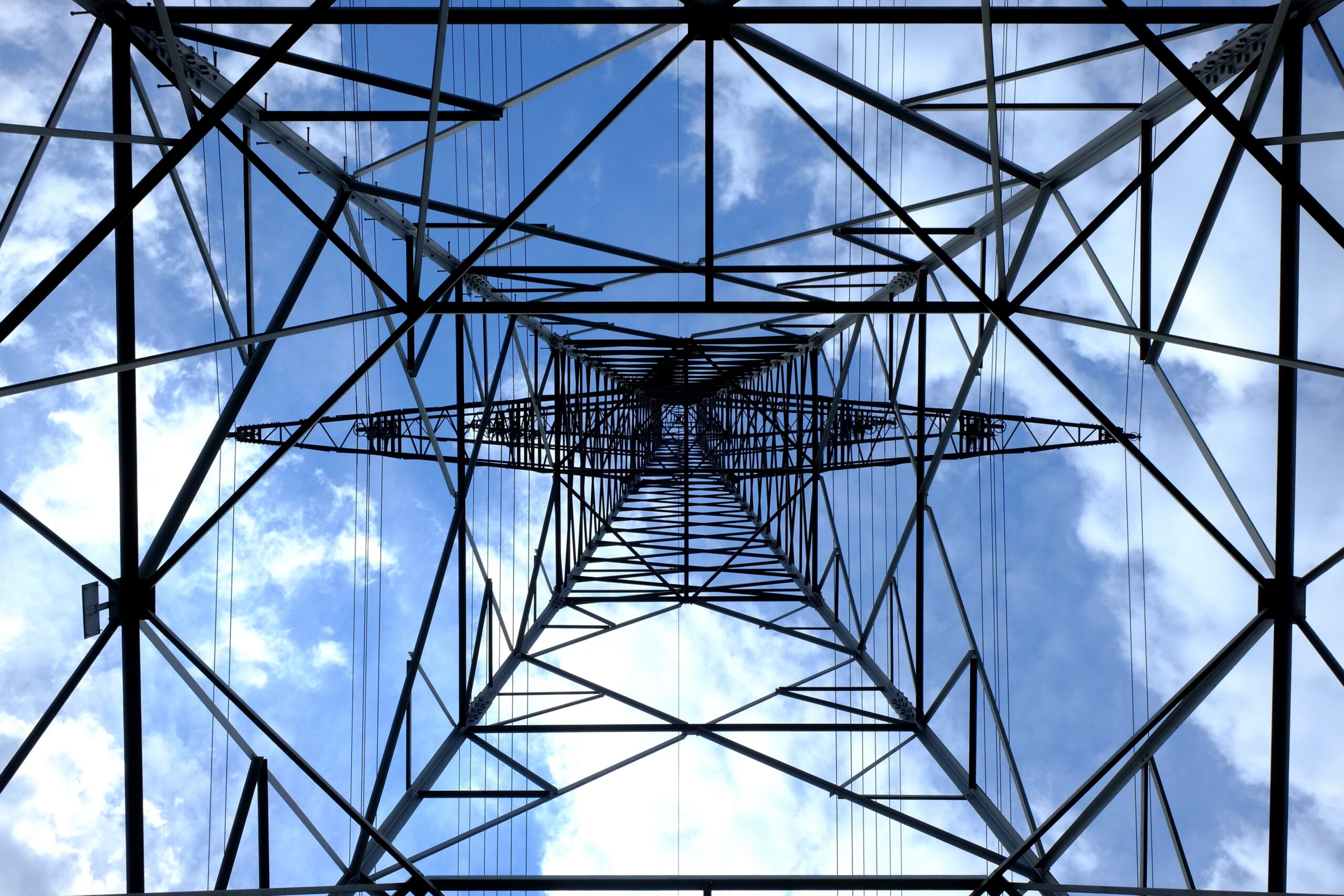In August, AEMO received five registrations for new customer status customers to come into the market as a Market Customer, the latest and most publicised of these being Tesla Energy Ventures Australia Pty Ltd. Now, this wouldn’t be their first foray into the energy markets, they already have their energy arm out of the US and are expanding rapidly within the Australian space.
But Tesla is not alone; the AER has seen 22 new electricity retail licence applications since 2020, including the newly formed Ampol Energy, Smartest, and Telstra.
Now whilst competition is great for any market, I am absolutely not a monopolist, I do view this market penetration with slight concern.
With the UK seeing over 27 Energy Suppliers going under since January 2021, unregulated and “low cost”, usually spot exposed participants, with little to no risk profiling, can cause burden and costs to our market, never mind eroding the confidence of consumers. The UK offers a valuable lesson in this space and is one I fear has not been headed by our regulators.
With the cost of Retailer of Last Resort passed through to consumers who have had no dealings with those companies, but the market operator forced to share the burden, where does the responsibility for the failure sit? I would note the AEMC have released improvements papers to try and address some of these questions, but with the increasing number of these retailers entering the energy markets is it going to be too little too late.
With this summer promising some significant volatility, between RRO in SA, the ESOO stating the risk of shortages in both Victoria and South Australia now exceeds the strictest benchmark this coming summer, an all but certain El Niño bringing heat and reduced wind generation, and AEMO searching for Reserve Energy Markets across the NEM, including TAS for the first time, the volatility could expose some of these participants to more credit calls than their cash flow can handle.
Only time will tell, and luckily most of these retailers do not have a significant market share at this time, but this summer could be the spotlight the regulators need to tighten the requirements for new retailers. Or maybe not.









